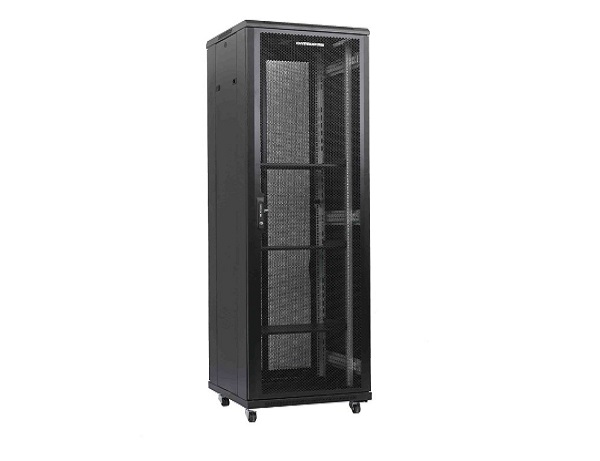News
Site Editor
 Site
https://leonetworkgroup.usa18.wondercdn.com/uploads/image/5fe152faa587d.png
Network cable quality testing is an important task in the installation of a new network system or the evaluation of an existing network system. A good quality network cable ensures high data transfer speeds and uninterrupted connectivity. There are several methods for testing network cable quality, including visual inspection, cable testing, and certification.1. Visual inspectionThe first step in
Site
https://leonetworkgroup.usa18.wondercdn.com/uploads/image/5fe152faa587d.png
Network cable quality testing is an important task in the installation of a new network system or the evaluation of an existing network system. A good quality network cable ensures high data transfer speeds and uninterrupted connectivity. There are several methods for testing network cable quality, including visual inspection, cable testing, and certification.1. Visual inspectionThe first step in
How To Test Network Cable Quality
Views: 447
Author: Site Editor
Publish Time: 2023-07-13
Origin: Site
Network cable quality testing is an important task in the installation of a new network system or the evaluation of an existing network system. A good quality network cable ensures high data transfer speeds and uninterrupted connectivity. There are several methods for testing network cable quality, including visual inspection, cable testing, and certification.
1. Visual inspection
The first step in testing network cable quality is a visual inspection. Check the cable for signs of physical damage such as cuts, bends, kinks, or frays. Inspect the cable connectors for signs of wear and tear, bent pins, or poor crimps. Any visible damage to the cable or connectors can affect the quality of the network signal, leading to slow data transfer speeds or network downtime.
2. Cable testing
Cable testing involves the use of a network cable tester to check the cable's electrical connectivity and signal quality. A network cable tester checks the cable's continuity, resistance, and impedance. It also identifies any short circuits or wire reversals that can affect the signal quality. Cable testing helps detect any faults in the cable that could cause poor network performance.
3. Certification
Certification is the most comprehensive method of testing network cable quality. Certification involves the use of a specialized tester that performs a series of tests to check the cable's compliance with industry standards. The tester checks the cable for parameters such as attenuation, signal-to-noise ratio, and crosstalk. The results are recorded in a certification report that provides an accurate assessment of the cable's quality.
A certification report is required for any high-performance network installations, such as data centers, hospitals, or government buildings. This ensures that the network cable meets the stringent performance requirements for these types of installations.
In conclusion, testing network cable quality is an essential part of ensuring a reliable and high-performance network system. A visual inspection, cable testing, and certification are the most common methods for testing cable quality. Each method helps identify any faults or defects in the cable that can affect the quality of the network signal. Investing in proper cable testing and certification can lead to enhanced network performance, fewer downtimes, and increased productivity.
If you want to know more about industrial network cabinet,china fiber optic splice closure,china fiber optic distribution box,please consult the fiber optic splice closure factory









